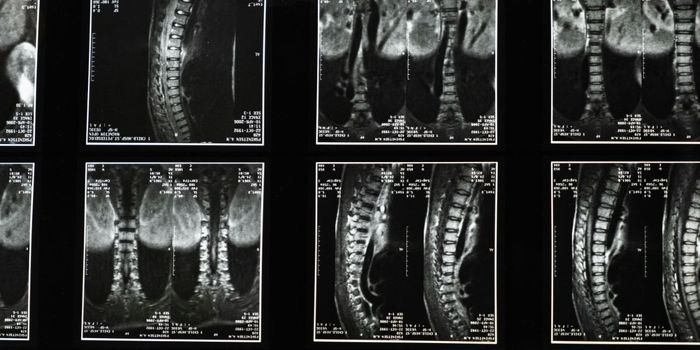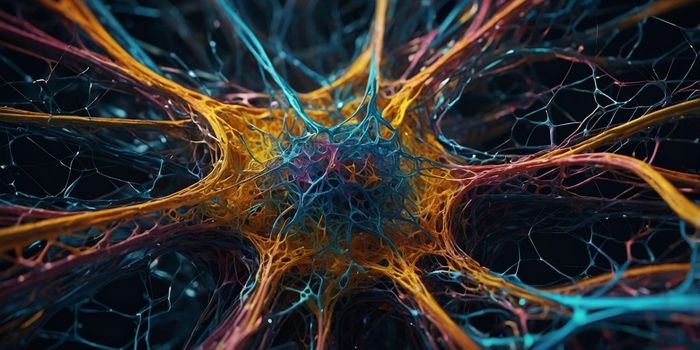The Dynamic Duo That Protects Us From Aortic Aneurysms
Two small proteins, elastin and collagen, make up a dynamic duo that promote a sturdy foundation of tensile strength and elasticity all over the body. Now, a new investigation into the pair is dedicated to a genetic defect that drastically enhances a person’s risk for aortic aneurysm.
Elastin and collagen are everywhere. "They are in your blood vessels, your skin, your lungs,” explained Jessica Wagenseil from Washington University in St. Louis. “If they are not working properly, you can have problems in any of these organs." Simply put, a deleterious genetic mutation in either elastin or collagen would be extremely destructive.
"We're trying to understand signals that initiate aneurysms," Wagenseil said. "We examined the chemo-mechanical environment, looked at the two factors and how they worked in synch and changed together, which leads to the disease."
Wagenseil and the team from St. Louis focused on an enzyme called lysyl oxidase (LOX) - a copper enzyme that “cross-links” collagen and elastin, binding them together so they can function. They closely examined tissue from mice genetically altered to be born without LOX, in comparison to healthy mice tissue. As expected, the absence of LOX led to detrimental changes in the relationship between and behavior of elastin and collagen as well as gene signaling, all changes that were observed to be connected to the risk of aneurysm development.
“When you take out this enzyme, and you have elastin and collagen that aren't cross-linked, they have totally different mechanical behavior,” Wagenseil explained. “We expect to see those mechanical differences, but we found that there's this combination of the mechanics and the gene signaling that work together to lead to an aneurysm."
An aneurysm is a localized enlargement of the artery wall. The bigger it gets, the more dangerous it is because it runs the risk of bursting and causing excessive bleeding near the aorta, the primary artery the facilitates the flow of blood between the heart and the abdomen. Treatment options for aortic aneurysms include drugs to lower blood pressure to decrease the risk of the aneurysm bursting like beta blockers and calcium channel blockers and surgery if the aneurysm is particularly ominous, an open chest procedure.
With a clearer understanding of the relationship between elastin and collagen and how miscommunication from a gene mutation can increase the risk of aneurysm, scientists are hoping that both prevention and diagnosis of this condition will both become more advanced.
The present study was published in the journal Heart and Circulatory Physiology.
Sources: MedlinePlus.gov, National Heart, Lung, and Blood Institute, Washington University in St. Louis









